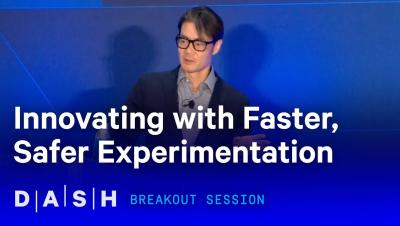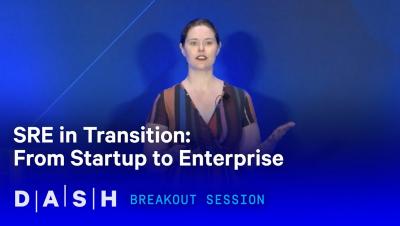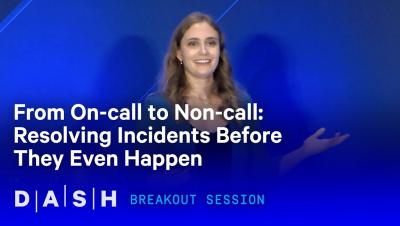Operations | Monitoring | ITSM | DevOps | Cloud
Datadog
Innovating with Faster, Safer Experimentation
Container Security Fundamentals - Linux Namespaces (Part 4): The User Namespace
Key questions to ask when setting SLOs
Many organizations rely on service level objectives (SLOs) to help them gauge the reliability of their products. By setting SLOs that define clear and measurable reliability targets, businesses can ensure they are delivering positive end-user experiences to their customers. Clearly defined SLOs also make it much easier for businesses to understand what tradeoffs they may have to make in order to deliver those specific experiences.
How to monitor CoreDNS with Datadog
In Part 1 of this series, we introduced you to the key metrics you should be monitoring to ensure that you get optimal performance from CoreDNS running in your Kubernetes clusters. In Part 2, we showed you some tools you can use to monitor CoreDNS. In this post, we’ll show you how you can use Datadog to monitor metrics, logs, and traces from CoreDNS alongside telemetry from the rest of your cluster, including the infrastructure it runs on.
Tools for collecting metrics and logs from CoreDNS
In Part 1 of this series, we looked at key metrics you should monitor to understand the performance of your CoreDNS servers. In this post, we’ll show you how to collect and visualize these metrics. We’ll also explore how CoreDNS logging works and show you how to collect CoreDNS logs to get even deeper visibility into your Deployment.
Key metrics for CoreDNS monitoring
CoreDNS is an open source DNS server that can resolve requests for internet domain names and provide service discovery within a Kubernetes cluster. CoreDNS is the default DNS provider in Kubernetes as of v1.13. Though it can be used independently of Kubernetes, this series will focus on its role in providing Kubernetes service discovery, which simplifies cluster networking by enabling clients to access services using DNS names rather than IP addresses.











